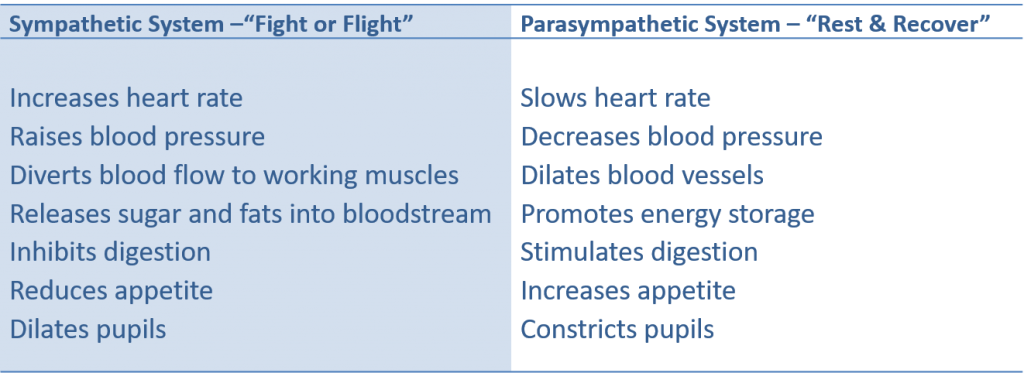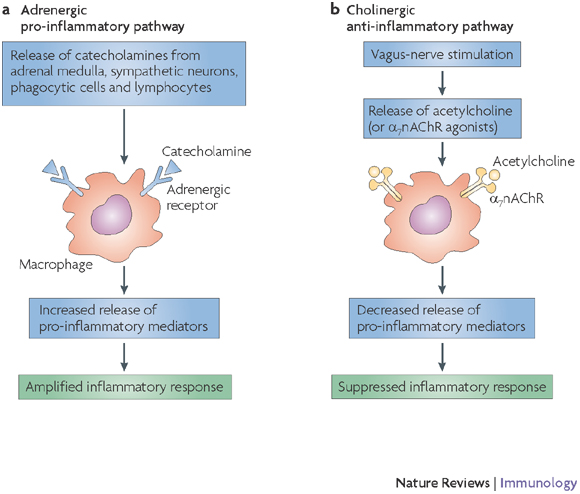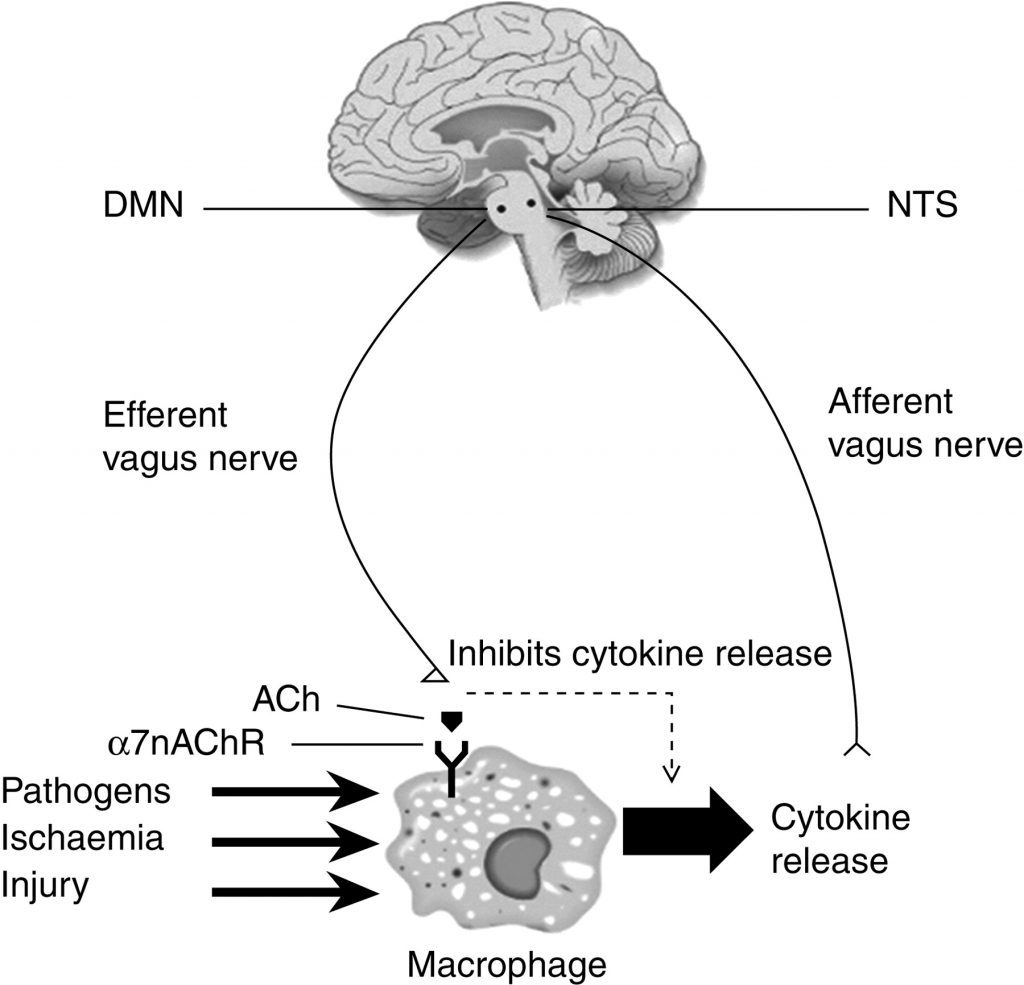There is a huge relationship between stress and inflammation. Although just about everyone is familiar with inflammation, the exact way that it works is a mystery to most. This has really only started to become more and more clear in terms of the research in the last ten years or so.
The fairly new field of Neuroimmunology has finally put more of the puzzle pieces together to explain just how stress and inflammation affect the body and how things can go wrong over time… Unfortunately a chronic inflammatory state is the norm in the 21st century, chronic inflammation is the primary cause of type 2 diabetes, hypertension, hyperlipidemia and cardiovascular disease.
The Biology of Stress, Survival, and Inflammation: What Keeps You Alive Can Also Kill You.
Although everyone is familiar with the term “stress,” most people don’t really understand the implications of it to the body and how it relates to inflammation. This relationship is absolutely crucial to survival and to how most of us meet our end in the 21st century.
To get to the bottom of how inflammation works, as well as how it can slowly kill you, we have to first talk a bit about the autonomic nervous system (ANS). In case you’re not familiar with it, the ANS is responsible for two major elements that are directly related to your survival.
First, the ANS works to ensure the components of your body’s internal environment — everything from your blood pressure, to your blood sugar, to oxygen levels — are always within normal ranges, no matter what you do to it.
Whether you’re lifting weights, running, sleeping, fasting, or anything in between, the ANS makes sure nothing goes haywire. If your ANS ever stopped regulating, you would not last long.
The second thing the ANS does, which is also directly related to the first, is manage both energy production and energy storage. This is another huge component of survival, especially in the sense of our evolutionary biology. For an animal in the wild, nothing is more crucial when it comes to survival than managing energy.
When an animal is racing to catch its prey, or when it’s trying to avoid becoming prey itself, its survival depends on its ability to generate a massive amount of energy as quickly as possible.
The ANS governs energy management effectively through its two branches: the sympathetic and parasympathetic systems. It cranks up energy production through its sympathetic side and turns down energy production, while simultaneously turning up energy storage, through opposing actions from the parasympathetic system.
You can see from the chart below how the two systems work together:
Why is this so important to understand? How, exactly, is this a matter of life and death?
Simple. It’s because these two branches of the ANS don’t just manage energy, they also control inflammation. And inflammation is how the stress of 21st century life can, and often does, compromise you over time.
The Double-Edged Sword of Stress
To get an idea of how the ANS regulates inflammation, we can look at the way the sympathetic and parasympathetic nervous systems stimulate the release of specific hormones that play different roles to keep us alive.

As you can see, the sympathetic system is part of what’s called the adrenergic pro-inflammatory pathway and some of the hormones it releases bind to receptors on immune cells called macrophages. This binding amplifies the immune response in the body. Anytime the sympathetic system is activated, the body is going to be in an inherently pro-inflammatory state.
Going back to the role of the ANS in survival, it makes sense that any time there’s a need for increased energy, it’s beneficial to put the immune system on high alert. The sympathetic system was designed for periods requiring a “fight or flight” response. During these periods, you’re not only more likely to be exposed to dangerous pathogens, you’re also much more likely to stress tissues that will need repair.
This is a large part of what the inflammatory response is for in the first place.
During a workout, for example, there are all kinds of metabolic and mechanical stresses occurring in various tissues. This stress leads to inflammation and the inflammation signals the brain and starts the repair processes that ultimately lead to bigger, stronger and more functional tissue than you started with.
Without inflammation, this process would never occur and we wouldn’t have the ability to adapt to our environments.
In other words, inflammation is crucial to adaptation and to survival as a whole, but it can also be a double-edged sword.
Acute inflammation is protective. Chronic inflammation, on the other hand, can slowly lead you down the path of cardiovascular disease and metabolic distortion, and that’s exactly what’s going on with our increased prevalence of non-communicable diseases.
Turning Off Inflammation — The Key to Health and Longevity
Whether inflammation is your friend or ultimately leads you to become the next statistic largely depends your body’s ability to shut it off when it’s no longer necessary. The other side of the ANS responsible for controlling this process is known as the cholinergic anti-inflammatory pathway.
This pathway inhibits inflammation by releasing acetylcholine that binds to specific receptors on immune cells. Binding to these receptors shuts off the release of pro-inflammatory proteins called cytokines. As you can see from the diagram, inflammation itself is what triggers this anti-inflammatory pathway. The vagus nerve referred to below is the primary nerve of the parasympathetic system.

When the afferent branch of the vagus nerve senses inflammation, it carries this signal to the brain and causes an area called the dorsal motor nucleus (DMN) to trigger the efferent vagus nerve to release acetylcholine and this causes inflammation to be essentially “turned off.” This inflammatory reflex is how the body keeps inflammation from getting out of control — at least that’s what it’s supposed to do.
When you lose the balance
In a perfect world, the body would be exposed to stress, inflammation would be produced and do its job, and then it would be shut off and everything would work perfectly. The problem, however, is that we don’t live in a perfect world and the stress that so many of us put ourselves under on a daily basis can, and often does, take its toll over time.
It’s easy to buy into the idea that what doesn’t kill us makes us stronger and that the greater amount of work we can tolerate the better, both in life and training we are likely to recognise some acute short term benefits of this approach. However, when it comes to too much stress or too much training, the chronic inflammation produced is very much a slow killer and worth being sensitive to.
I think we can all think of a relative or loved one that has been living a seemingly healthful lifestyle but has unfortunately been caught out by chronic inflammation. My dear Mum passed away in 2011, for me at the time, it was a huge shock- my Mum was my inspiration to live my energetic lifestyle and I had always viewed her as being an example of how to live, upon reflection, my Mum had lifestyle habits that slowly caught up with her and took her life at only 62.
As a teacher, I think it was very much my Mum’s conscientious and caring nature that led to her spending her nights lying awake, worrying about the quality of her teaching and the wellbeing of her pupils and indeed us, her family.
Insomnia and sympathetic dominance is very much a chicken and egg scenario, each could have caused the other and the outcome was chronic inflammation and cancer.
Most people, particularly those that spend hours training, understand physical stress on the body because it’s something they can feel, but, many have no idea of the additional impact of psychological stress, emotional stress, thermal stress, chemical stress, electromagnetic stress, or nutritional stress, all of which are filtered by the same system.
The reality is, even if you train extremely hard for a few hours a week, the amount of stress in those few hours doesn’t compare to the total stress that you have the potential to inflict on yourself just through the 168 hours that make up your week.
Chronic, low-grade inflammation isn’t something that most people feel. By the time real symptoms start showing up or a medical exam reveals there is something wrong, the damage has already been done.
What can you do to combat the inherent stress of life and avoid becoming another sad tale.
Live the Tribal Lifestyle
Movement
- Embrace the diesel zones and daily low-level movement
- Monitor your physical condition using HRV
- Practice contrast
- Use Sports Zones intervals sparingly
- Practice skill and strength as your major sources of transformation
Manage Stress
- Stimulate your Vagus Nerve to promote parasympathetic activity
- Make daily efforts to turn off your sympathetic nervous system
Sleep
Nutrition


